Ningdong, China's first hydrogen locomotive converted from an internal combustion engine, rolled off the production line at CRRC's Datong subsidiary on June 15.
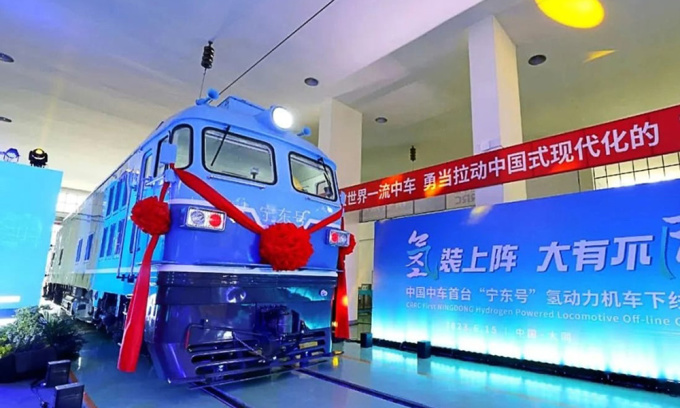
Hydrogen-powered locomotive converted from an internal combustion engine. Photo: Weibo/SCMP
The Ningdong is touted as the world's most powerful hydrogen-powered locomotive, with the potential to replace most fossil fuel-powered engines currently in use, according to SCMP . It can hold 270kg of hydrogen and run continuously for up to 190 hours.
The new locomotives, equipped with hydrogen storage systems, can refuel in two hours and are cheaper to operate, according to Liang Zhenzhong, deputy general manager and chief engineer of CRRC Datong. "Hydrogen is clean, renewable energy. The operating costs of hydrogen-powered locomotives are only about half of those of internal combustion locomotives," he said.
China has more than 7,800 fossil-fueled internal combustion locomotives, accounting for 36 percent of its total fleet. CRRC's technology could replace more than 90 percent of those engines.
Hydrogen has great potential to reduce emissions because, unlike fossil fuels, it does not produce pollutants or greenhouse gases. The only by-products emitted by hydrogen-powered vehicles are heat and water.
Hydrogen locomotives operate when hydrogen reacts with oxygen in a fuel cell, a reaction that produces steam and electricity. The fuel cell and hydrogen tank are usually located on the roof of the train.
Hydrogen can be produced from a variety of sources, including natural gas, nuclear power, biomass, and renewable energy. If produced from renewable energy sources, hydrogen is called “green hydrogen” and the whole process becomes clean and sustainable.
The world's first hydrogen-powered passenger train began commercial operations in Germany in 2018 and had traveled more than 220,000 kilometers in eight European countries as of January, according to the train's manufacturer, French company Alstom.
China plans to promote the development of hydrogen-powered vehicles, aiming to have 50,000 fuel cell vehicles by 2025, according to a plan issued by the National Development and Reform Commission in March 2022. The country also aims to build hydrogen refueling stations and produce 100,000 to 200,000 tons of green hydrogen per year by 2025.
In December 2022, CRRC unveiled a hydrogen-powered train in Chengdu, capital of Sichuan Province in southwest China. The local newspaper Chengdu Daily introduced it as the world's fastest train of its kind, with a top speed of 160 km/h. The train's fuel cells have a range of 600 km - enough to run for a day without refueling.
Thu Thao (According to SCMP )
Source link






![[Photo] Closing of the 11th Conference of the 13th Central Committee of the Communist Party of Vietnam](https://vstatic.vietnam.vn/vietnam/resource/IMAGE/2025/4/12/114b57fe6e9b4814a5ddfacf6dfe5b7f)





![[Photo] Overcoming all difficulties, speeding up construction progress of Hoa Binh Hydropower Plant Expansion Project](https://vstatic.vietnam.vn/vietnam/resource/IMAGE/2025/4/12/bff04b551e98484c84d74c8faa3526e0)


































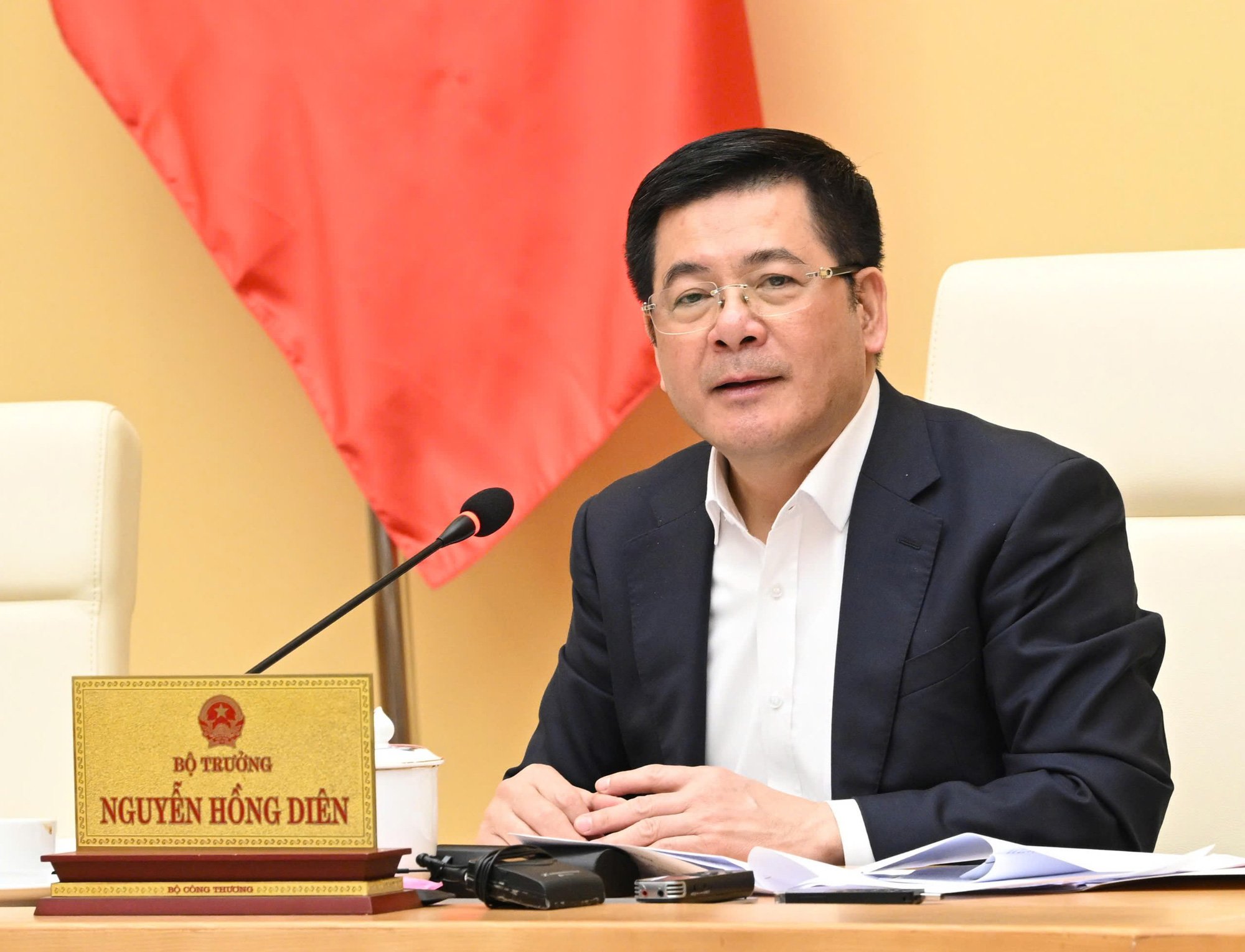
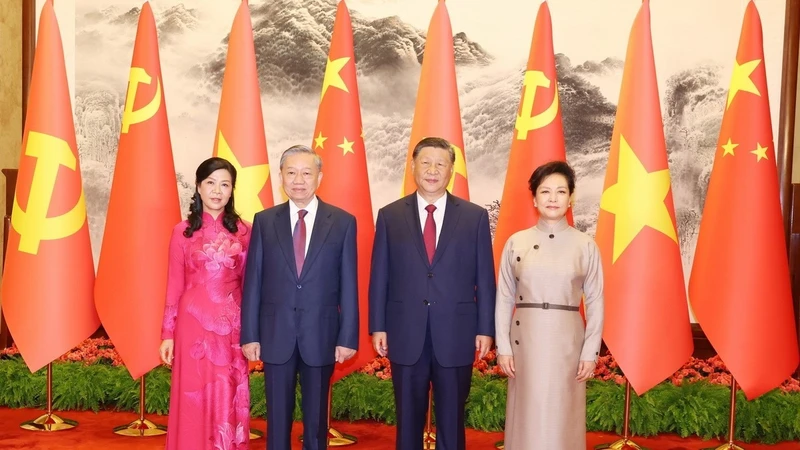











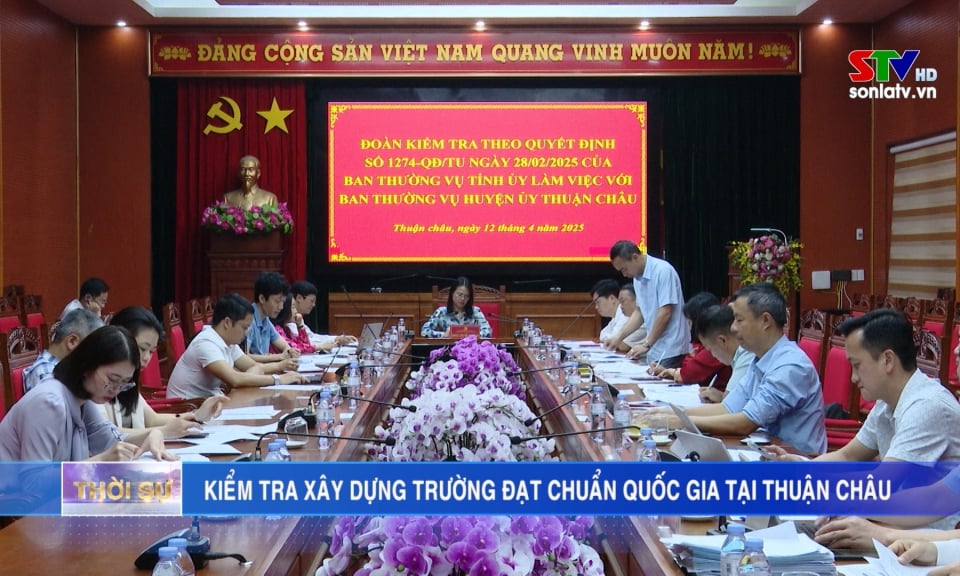



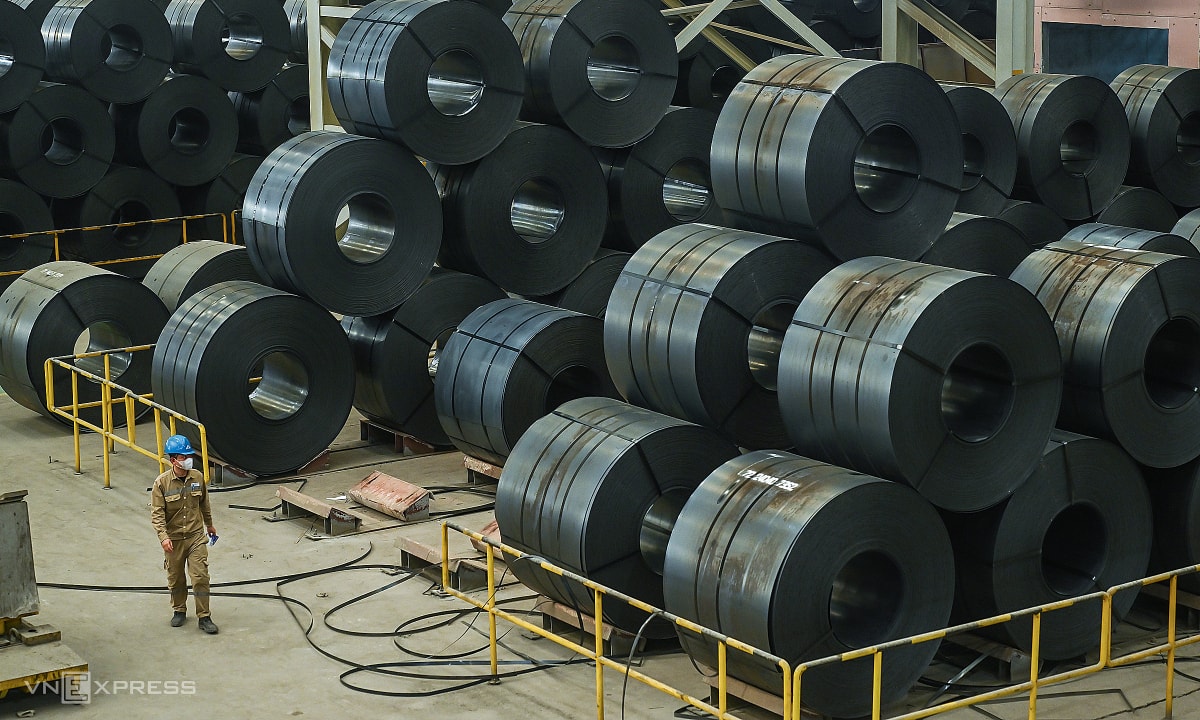












Comment (0)